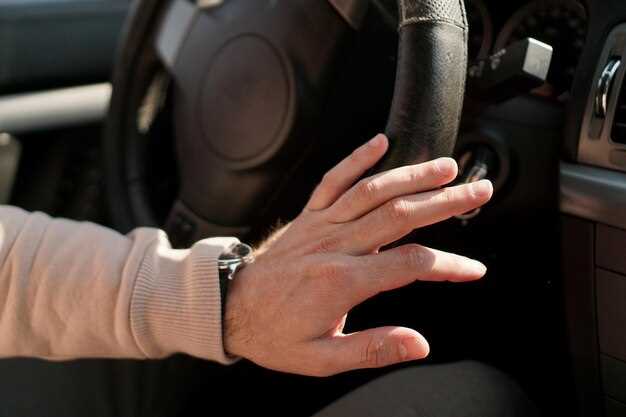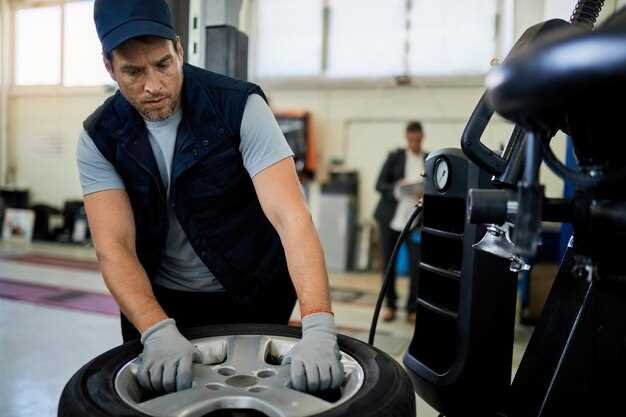

Experiencing loose steering can lead to safety concerns and an uncomfortable driving experience. A vehicle’s steering system is crucial for maintaining control and ensuring precise handling on the road. When the steering feels loose, it often indicates underlying issues that need to be addressed promptly. This article explores effective solutions for fixing loose steering issues, focusing on alignment and other critical components.
One of the primary factors contributing to loose steering is improper alignment. When the wheels are not aligned correctly, it can result in uneven tire wear, reduced fuel efficiency, and a vague steering feel. Regular alignment checks are essential to keep the vehicle performing optimally. In addition to alignment, factors such as worn-out tie rods, steering racks, and bushings can also lead to steering looseness.
Understanding the signs of loose steering and their potential causes is the first step towards resolution. Proper diagnosis ensures that drivers can take the necessary steps to restore their vehicles’ steering precision. By addressing alignment issues and inspecting essential steering components, you can enhance your vehicle’s drivability and safety on the road.
Identifying Symptoms of Loose Steering and Alignment Problems
Loose steering and alignment issues can significantly affect vehicle safety and handling. Recognizing the symptoms early can prevent further damage and enhance driving comfort. Here are some common indicators to look out for:
1. Wandering Vehicle: If your vehicle drifts to one side or another without steering input, this may suggest a problem with alignment or loose steering components. The steering wheel may feel unresponsive during these movements.
2. Uneven Tire Wear: Inspect your tires regularly. If you notice uneven wear patterns, such as balding on one side or feathering, it indicates a misalignment that is often coupled with loose steering parts.
3. Excessive Play in the Steering Wheel: A noticeable amount of free play when turning the steering wheel can indicate wear in the steering system. If you can turn the steering wheel several degrees before the wheels respond, it may be a sign of looseness.
4. Vibration or Shaking: If you experience vibrations in the steering wheel or through the chassis while driving, it could be a symptom of misalignment or loose steering components. This condition not only affects comfort but can also compromise safety.
5. Pulling on Acceleration or Deceleration: When the vehicle accelerates or decelerates, it should remain straight. If it pulls to the left or right during these changes in speed, alignment issues could be present, indicating loose steering as well.
6. Noises while Turning: Unusual sounds, such as clunks or grinding noises when turning the steering wheel, can indicate worn steering parts. These noises often accompany loose components and should not be ignored.
By paying attention to these symptoms, drivers can identify loose steering and alignment problems early, ensuring safer driving conditions and improving the overall longevity of the vehicle’s steering system.
Step-by-Step Guide to Adjusting Wheel Alignment

Loose steering can be a concerning issue for any driver, often caused by improper wheel alignment. Ensuring that your vehicle’s wheels are correctly aligned is crucial for handling, tire wear, and overall safety. Follow this step-by-step guide to adjust your wheel alignment:
- Gather Necessary Tools and Equipment
- Wrench set
- Jack and jack stands
- Wheel alignment tool or gauge
- Measuring tape
- Owner’s manual for reference
- Prepare the Vehicle
Park the vehicle on a flat surface and engage the parking brake. Loosen the lug nuts before lifting the vehicle.
- Lift the Vehicle
Using the jack, raise the front of the vehicle and secure it with jack stands for safety. Remove the front wheels to access the suspension components.
- Inspect Suspension Components
Before making adjustments, thoroughly inspect the tie rods, ball joints, and control arms for any damage or wear that could affect alignment.
- Measure Current Alignment Settings
Using a wheel alignment tool or gauge, measure the current camber, caster, and toe angles. Compare these measurements with the specifications in the owner’s manual.
- Make Necessary Adjustments
Adjust the tie rods to correct toe angles, and modify camber and caster by utilizing the adjustment bolts located on the suspension. Follow these tips:
- For toe adjustment, rotate the tie rod ends equally until the desired toe angle is achieved.
- For camber adjustment, loosen the respective bolts and adjust according to your readings.
- For caster, check the manufacturer specifications and adjust using the designated hardware.
- Recheck Measurements
Once adjustments are made, re-measure the alignment angles to ensure they fall within the specified limits. Repeat the adjustment process if necessary.
- Install Wheels and Lower Vehicle
After confirming proper alignment, reinstall the wheels, tighten the lug nuts, and carefully lower the vehicle back to the ground.
- Test Drive the Vehicle
Take the vehicle for a short test drive on a straight road. Pay attention to the steering response. If the steering still feels loose, recheck your alignment settings.
Regularly checking wheel alignment can prevent loose steering issues and extend the life of your tires. Following the steps outlined in this guide will help ensure your vehicle handles properly and safely.
Common Repairs and Parts Replacement for Loose Steering

Loose steering can pose serious safety risks and should be addressed promptly. Several components of the steering system may contribute to the feeling of looseness, and understanding common repairs can help restore proper handling.
First, inspecting the steering linkage is essential. Worn tie rods and ball joints are frequent culprits causing loose steering. Replacing these parts may significantly enhance steering responsiveness and mitigate play in the wheel.
Another critical area to examine is the steering rack. If the rack shows signs of wear or damage, it may be necessary to replace it. A faulty steering rack can lead to imprecise steering and excessive looseness.
Additionally, checking the power steering system is vital. Low power steering fluid or leaks can lead to inconsistent steering feel. Flushing the system and replacing any damaged hoses or the pump can resolve issues related to fluid pressure and enhance steering control.
Furthermore, wheel alignment is often overlooked. Improper alignment can exacerbate loose steering sensations. A professional alignment service can correct these angles, ensuring the vehicle drives straight and accurately responds to steering inputs.
Lastly, don’t disregard the condition of the tires. Uneven wear or improper inflation can contribute to loose handling. Regularly rotating tires, checking pressure, and ensuring proper tread depth are important maintenance steps that affect steering stability.
By addressing these key repairs and replacing worn components, drivers can significantly improve the handling and safety of their vehicles, eliminating the loose steering sensation.







